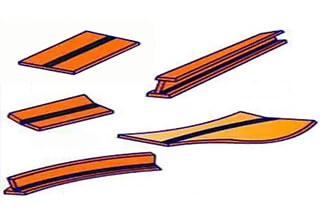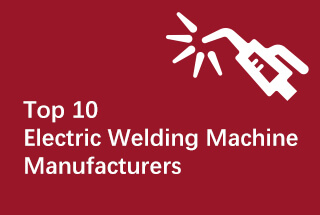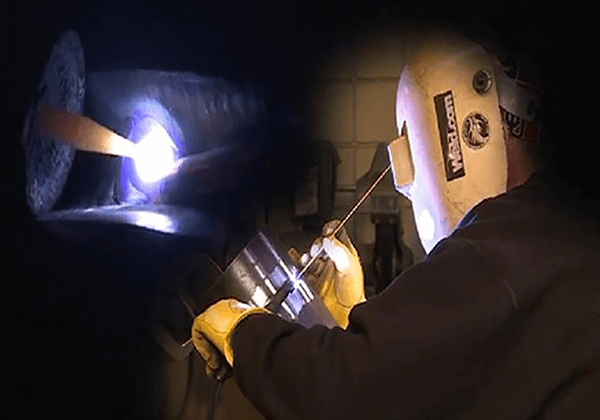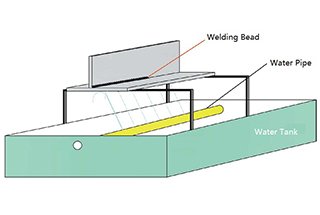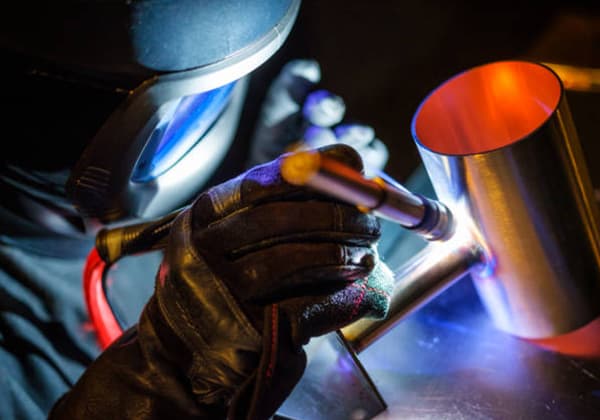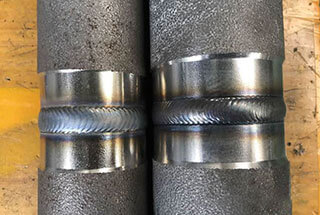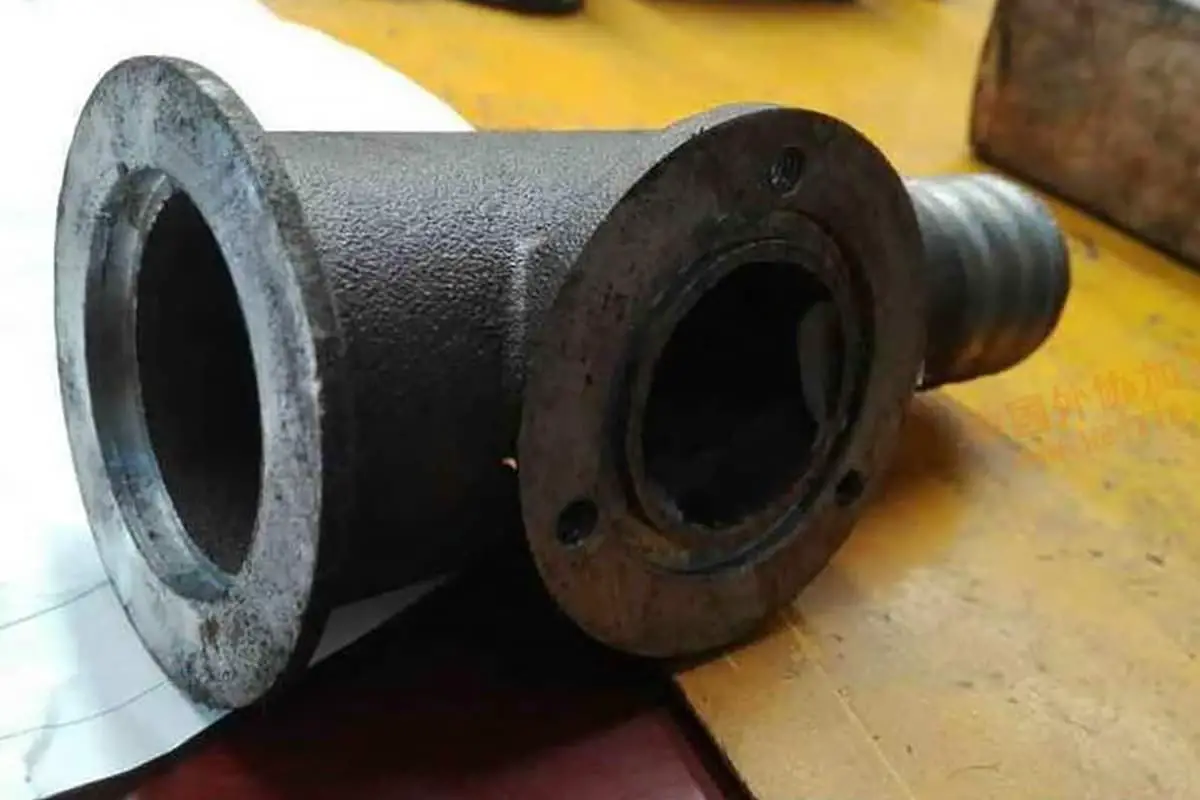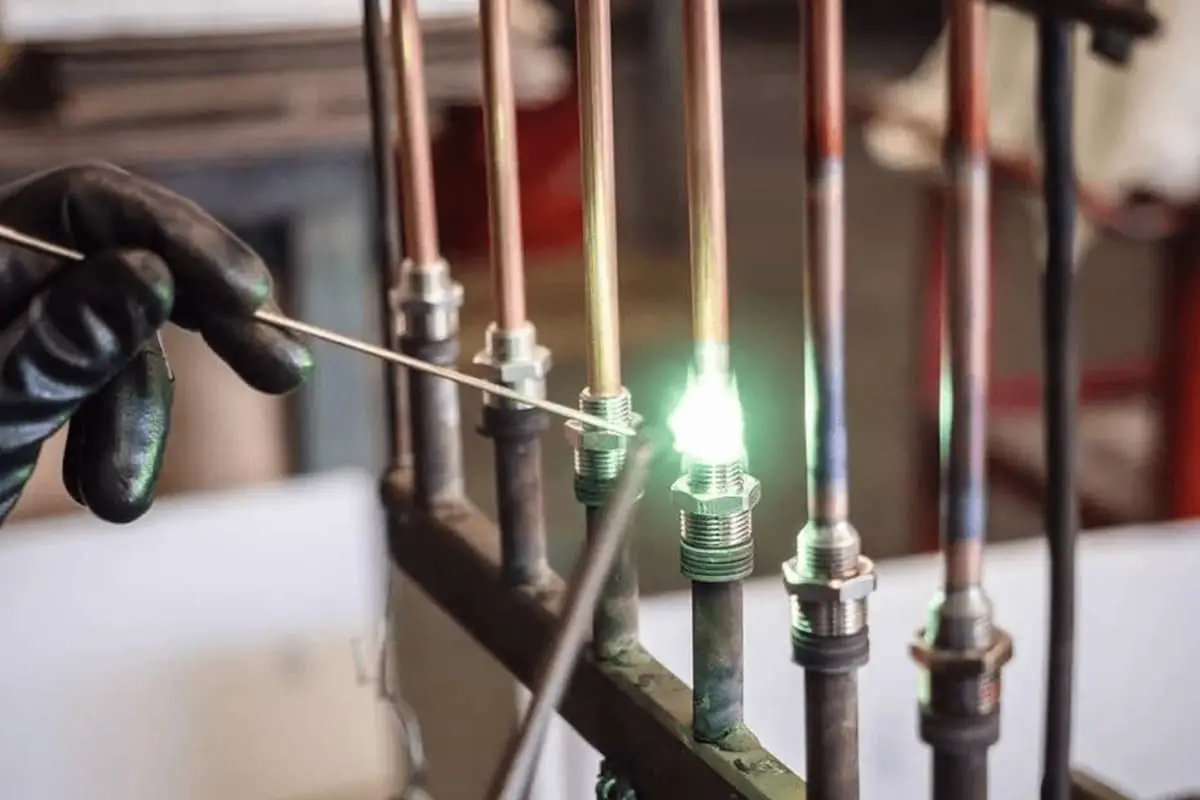
Why is welding high carbon steel such a challenge? This article delves into the unique difficulties associated with this material, such as its tendency to form brittle martensite, leading to potential cracks. You’ll learn about the specialized welding techniques required and the preventative measures necessary to ensure structural integrity. Discover how to manage weldability issues and what precautions can be taken to achieve successful welds with high carbon steel. Read on to gain a deeper understanding of these critical welding considerations.
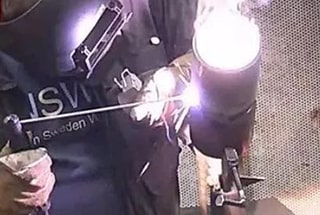
High carbon steel is characterized by a carbon content exceeding 0.6%, which significantly influences its metallurgical properties and fabrication processes. This steel grade exhibits an increased susceptibility to hardening compared to medium carbon steel, forming high-carbon martensite structures that are prone to cold cracking.
During welding, the heat-affected zone (HAZ) of high carbon steel undergoes a rapid transformation, resulting in the formation of martensite. This microstructure, while exceptionally hard, is inherently brittle. Consequently, the plasticity and toughness of the welded joint are substantially compromised, leading to poor overall weldability. To maintain joint integrity and performance, specialized welding techniques and procedures must be employed.
Due to these welding challenges, high carbon steel is generally not the preferred choice for welded structural applications. However, its exceptional hardness and wear resistance make it invaluable for specific machine components such as rotating shafts, large gears, and couplings. These parts often require joining through welding to optimize material usage and streamline manufacturing processes.
In heavy machinery production, the welding of high carbon steel components may be unavoidable. When developing welding procedures for such applications, a comprehensive analysis of potential welding defects is crucial. This analysis should inform the implementation of appropriate welding process parameters, including:
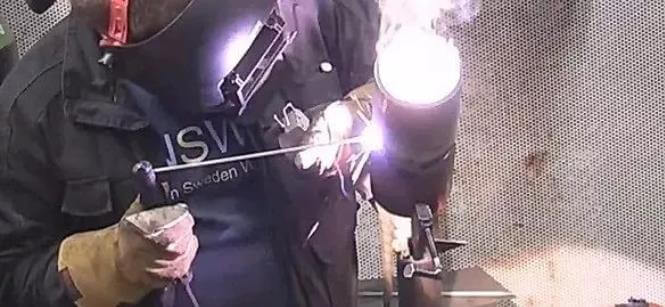
1.1 Welding Methods
High carbon steel, prized for its exceptional hardness and wear resistance, is predominantly welded using shielded metal arc welding (SMAW), gas metal arc welding (GMAW), or submerged arc welding (SAW). Each method offers distinct advantages depending on the specific application and environmental conditions.
1.2 Welding Consumables
The selection of welding consumables for high carbon steel is critical and does not always necessitate matching the strength of the joint to the base metal.
For SMAW, low hydrogen electrodes are preferred due to their:
When strength matching between the weld metal and base metal is required, select a low hydrogen electrode of the appropriate strength grade. Conversely, if strength matching is not essential, opt for a low hydrogen electrode with a slightly lower strength than the base metal. It is crucial to avoid electrodes with higher strength levels than the base metal to prevent potential weld cracking.
In scenarios where preheating is not feasible, austenitic stainless steel electrodes can be employed. These electrodes produce an austenitic weld structure with superior plasticity and crack resistance, effectively mitigating the risk of cold cracking in the heat-affected zone (HAZ).
1.3 Joint Preparation
To minimize carbon dilution in the weld metal, it’s essential to reduce the fusion ratio. U-shaped or V-shaped groove designs are commonly implemented to achieve this. Proper surface preparation is critical; ensure thorough cleaning of any oil residue or rust within a 20mm radius on both sides of the groove prior to welding.
1.4 Preheating
When utilizing structural steel electrodes, preheating is mandatory and must be performed prior to welding. The optimal preheating temperature range is typically between 250°C and 350°C, depending on the steel’s carbon content and section thickness.
1.5 Interpass Management
For multi-layer and multi-pass welding operations:
1.6 Post-Weld Heat Treatment (PWHT)
Immediately following welding, subject the workpiece to stress relief annealing:
High carbon steel has a strong tendency to harden, making it susceptible to both hot cracks and cold cracks during welding.
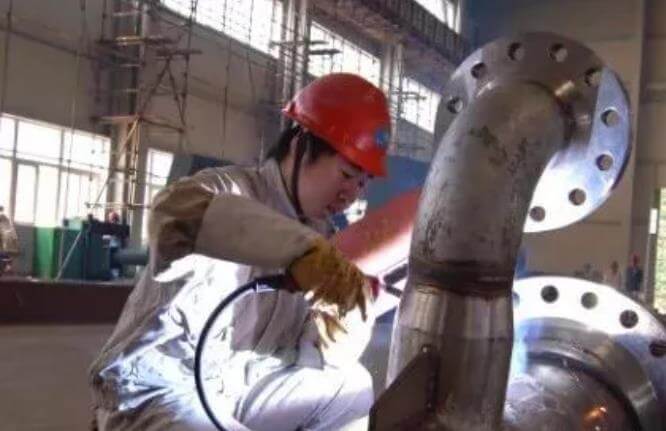
(1) Control of Weld Chemical Composition
Strict control of sulfur and phosphorus content is crucial, as these elements can significantly increase the susceptibility to hot cracking. Simultaneously, increasing the manganese content within specified limits can improve the weld microstructure, enhance ductility, and reduce segregation tendencies. For high-strength steels, consider micro-alloying elements like niobium or vanadium to refine grain structure and improve crack resistance.
(2) Optimization of Weld Section Shape
The weld aspect ratio (depth-to-width ratio) should be carefully controlled, typically maintaining a value between 0.8 and 1.2. This range helps minimize centerline segregation while ensuring adequate penetration. For thick sections, consider using narrow gap welding techniques to achieve optimal aspect ratios and reduce residual stresses.
(3) Management of Weldment Rigidity
For high-rigidity weldments, implement a comprehensive welding strategy:
(4) Thermal Management Techniques
Implement targeted thermal management:
(5) Electrode and Flux Composition Optimization
Increase the basicity index of electrodes or fluxes to typically above 1.5. This:
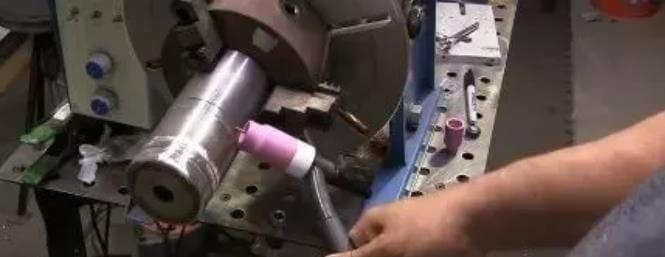
(1) Preheating and Controlled Cooling
Preheating the base metal before welding and implementing controlled cooling after welding are critical strategies to mitigate cold cracking. Preheating reduces the cooling rate, minimizing the formation of brittle microstructures in the heat-affected zone (HAZ). Controlled cooling, often achieved through the use of thermal blankets or furnaces, allows for gradual temperature reduction, promoting hydrogen diffusion out of the weld metal and HAZ. The optimal preheating temperature and cooling rate depend on factors such as material composition, section thickness, and hydrogen content of the consumables.
(2) Selection of Appropriate Welding Parameters
Choosing suitable welding parameters is crucial for cold crack prevention. This includes selecting the correct welding current, voltage, travel speed, and heat input. Lower heat inputs generally result in faster cooling rates, increasing the risk of cold cracking. Conversely, excessively high heat inputs can lead to grain coarsening and reduced toughness. Pulsed welding techniques can offer advantages in controlling heat input and cooling rates, particularly for sensitive materials.
(3) Implementation of Proper Assembly and Welding Sequence
A well-designed assembly and welding sequence significantly reduces restraint stresses in welded joints, improving the overall stress state of the weldment. Techniques such as backstep welding, skip welding, or the use of balanced welding sequences can distribute heat more evenly and minimize distortion. 3D modeling and weld simulation software can be valuable tools in optimizing these sequences for complex structures.
(4) Appropriate Selection and Handling of Welding Consumables
The choice of welding consumables plays a vital role in cold crack prevention. Low hydrogen electrodes (e.g., E7018 for steel) are preferred for susceptible materials. Proper storage, handling, and preparation of consumables are equally important. Welding rods and fluxes should be stored in controlled environments and baked according to manufacturer specifications immediately before use to minimize moisture absorption. For flux-cored and metal-cored wires, selecting the appropriate shielding gas mixture is also crucial.
(5) Thorough Surface Preparation
Meticulous surface preparation is essential for reducing the risk of cold cracking. This involves not only removing visible contaminants like water, rust, and oil but also eliminating less obvious sources of hydrogen such as mill scale, paint, and organic residues. Techniques such as grinding, wire brushing, or abrasive blasting should be employed, followed by cleaning with appropriate solvents if necessary. For critical applications, surface cleanliness can be verified using methods like the water break test.
(6) Dehydrogenation Treatment
Implementing a dehydrogenation treatment immediately prior to welding is an effective measure for reducing hydrogen content in the weld area. This can involve extended preheating or the use of specialized heating techniques such as induction heating. The treatment temperature and duration should be carefully controlled based on material properties and thickness to ensure effective hydrogen removal without adversely affecting the base metal’s microstructure.
(7) Post-Weld Heat Treatment (PWHT)
Post-weld heat treatment, including stress relief annealing, is a crucial step in preventing delayed cold cracking. PWHT serves multiple purposes: it reduces residual stresses, promotes hydrogen diffusion out of the weld, and can improve the microstructure of the HAZ and weld metal. The specific PWHT parameters (temperature, holding time, and cooling rate) should be tailored to the material and welded joint requirements. For large structures, local PWHT techniques using induction or resistance heating may be employed when full furnace treatment is impractical.

